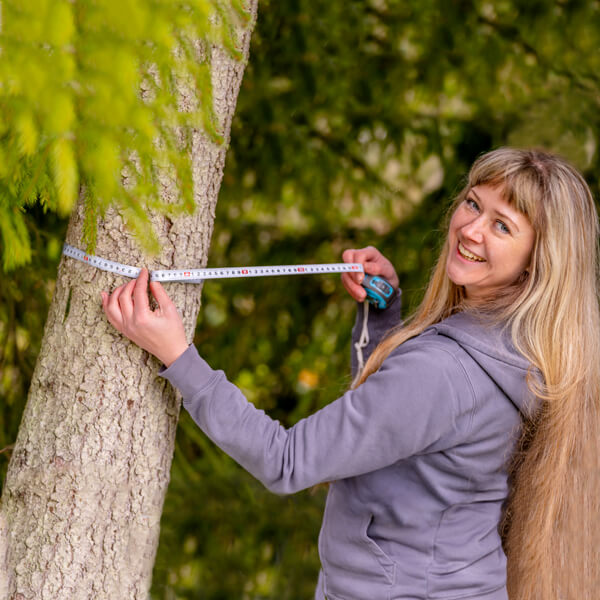Woody plants survey
Typically, the requirement for a woody plants survey is determined by the local government. This kind of site investigation is usually required before design phase in those project areas where woody plants are located. Such cases where the woody plants survey is needed may be for example the processes of detailed planning, obtaining building permits and construction notices, and different kind of excavation work. Essentially, this means that woody plants survey is needed before designing civil engineering works (including utility networks), adding an extension to a building, and reconstruction works.
The woody plants survey provides an overview of the species composition, dimensions (trunk diameter at breast height, canopy spread, canopy diameter, height, etc.), health condition (growth peculiarities, description of damages, severity, and corrective actions), decorative value, dendrological uniqueness, ecological significance, and cultural and historical importance of the trees in the area examined.
The inventory describes the trees and greenery based on its value, functionality, and significance for the area in our interest, and provides recommendations and guidelines for the maintenance and felling of greenery.
Mostly, trees are measured and examined individually; but sometimes, it’s justified to examine the trees as groups when detailed information is not necessary; occasionally, a combination of both in different parts of the area is optimal.
The work necessary for the woody plants survey consists of fieldwork and paperwork. During fieldwork, woody plants are surveyed (species are identified, necessary parameters are measured, and notes are made about health condition and various other values). In the digitalization phase, all information collected during the fieldwork is included and formulated into a report. The final report consists a descriptive note, a list of inventoried objects, and a drawing.
The best time to involve a landscape architect for conducting the woody plants survey is when the topo-geodetic base plan is completed. It is important to conduct all the necessary site investigations before the design phase starts. This allows the design phase to start correctly and provides a valuable input to the success of the project and the application procedure of the building permit.
